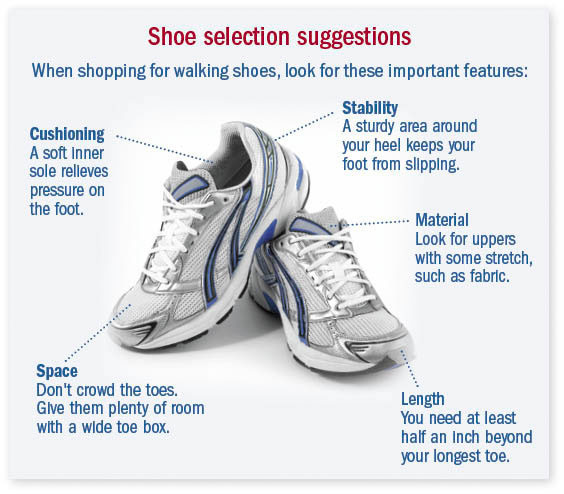What is the Difference between Walking And Running : Uncovering the Contrast
Walking involves slower movement with at least one foot on the ground, while running has a period where both feet are off the ground simultaneously. These actions are differentiated by the speed and flight phase.
Walking is a form of human locomotion where one foot moves at a time, while running is a quicker form of movement where both feet are briefly in the air. In walking, one foot is always in contact with the ground, providing a steadier pace, whereas running involves a flight phase where both feet leave the ground.
The mechanics and energy requirements differ, with walking being a lower-impact activity ideal for leisurely strolls, and running requiring more energy and generating a higher impact on the body. Both have unique benefits.
Credit: burnhamplan100.lib.uchicago.edu
Benefits Of Walking
Walking is a simple yet effective form of exercise that offers an array of benefits for both physical and mental health. Incorporating regular walking into your daily routine can significantly improve cardiovascular health, promote weight loss, and enhance overall well-being. Let’s explore these benefits in more detail:
Improves Cardiovascular Health
Regular walking plays a crucial role in maintaining a healthy cardiovascular system. When you walk, your heart and lungs work together to deliver oxygenated blood to your muscles. This helps strengthen your heart, reduce the risk of heart diseases, and improve overall cardiovascular endurance. Additionally, walking can lower blood pressure, decrease LDL (bad) cholesterol levels, and increase HDL (good) cholesterol levels.
Promotes Weight Loss
Walking is an excellent way to shed unwanted pounds and maintain a healthy weight. It is a low-impact exercise that burns calories, making it suitable for people of all fitness levels. By integrating brisk walking into your routine, your body utilizes stored fat as a source of energy, resulting in weight loss over time. Furthermore, walking can help boost your metabolism, helping you burn calories even after you’ve completed your walk.
Benefits Of Running
Enhances Endurance
Running gradually improves cardiovascular endurance and stamina levels.
Burns More Calories
Running burns more calories than walking, aiding in weight management.
Muscle Groups Targeted
Walking: Leg Muscles
Walking primarily targets the muscles in the lower body including the calf muscles, quadriceps, hamstrings, and glutes. It helps in toning the calf muscles which are responsible for ankle movement, strengthening the quadriceps that are essential for knee stability, and activating the hamstrings and glutes to provide power during each step. Additionally, walking also engages the abdominal muscles and lower back to support the body’s posture and movement.
Running: Full Body Workout
Running is a comprehensive full-body workout that engages a wide range of muscle groups. It involves the calf muscles, hamstrings, quadriceps, glutes, hip flexors, and adductors to propel the body forward. Furthermore, it also activates the core muscles, including the abdominals and lower back, to stabilize the body while running. The upper body is not left behind as running also engages the arms, shoulders, and upper back providing an integrated workout for the entire body.

Credit: www.etsy.com
Impact On Joints
When it comes to cardio exercises, walking and running are two popular choices. They both offer numerous health benefits, but there are some key differences between the two. One significant difference is the impact on joints. Let’s explore how walking and running affect your joints differently:
Walking: Low Impact
Walking is a low-impact exercise that puts minimal stress on your joints. The smooth, rhythmic motion of walking allows your joints to move freely without excessive strain. This makes it an excellent choice for people of all fitness levels, including those recovering from injuries or who have joint problems. Walking can improve joint mobility and flexibility, strengthen muscles, and help maintain healthy bone density. It is less likely to cause joint pain and injuries compared to higher-impact activities.
Running: Higher Impact
On the other hand, running is a higher-impact activity that places greater stress on your joints. With each stride, the impact forces exerted on your joints can be significantly higher compared to walking. While running provides a cardiovascular workout and can help burn calories more efficiently, it can also increase the risk of joint pain and injuries, especially if proper form and precautions are not followed. However, many runners mitigate these risks by wearing appropriate footwear, running on softer surfaces, and gradually increasing their training intensity to allow their joints to adapt.
In conclusion, while walking is a low-impact exercise that is generally safe for most individuals, running is a higher-impact activity that requires careful consideration to protect your joints. Whether you choose to walk or run, it is essential to listen to your body, start slowly, and seek professional advice if you experience any pain or discomfort. Remember, the most effective exercise routine is one that suits your fitness level, goals, and individual needs.

Credit: www.mlb.com
Frequently Asked Questions Of What Is The Difference Between Walking And Running
What Is The Difference Between Jog And Walk?
Jogging is a faster-paced exercise where you lift both feet off the ground during movement, whereas walking is a slower-paced activity, with at least one foot on the ground at all times. Jogging is a more vigorous exercise that burns more calories and builds endurance compared to walking.
Is It Better To Run Or Walk To Lose Weight?
For weight loss, running burns more calories than walking due to higher intensity and impact.
How Many Minutes Of Running Is Equal To Walking?
Running for 10 minutes is equivalent to walking for 15 minutes. The intensity and speed of both activities determine the ratio.
Is It Better To Walk Fast Or Jog Slow?
Walking fast and jogging slow both have benefits; it depends on your fitness goals. Walking fast can be gentler on joints, while jogging may provide a higher calorie burn. Choose based on your comfort and desired outcomes. Both activities contribute to cardiovascular health when performed consistently.
Conclusion
Walking and running have unique benefits. Each improves cardiovascular health and burns calories differently. Whether you prefer a leisurely stroll or an intense sprint, both activities contribute to a healthy lifestyle. Embrace the one that aligns with your fitness goals and enjoy the journey.





